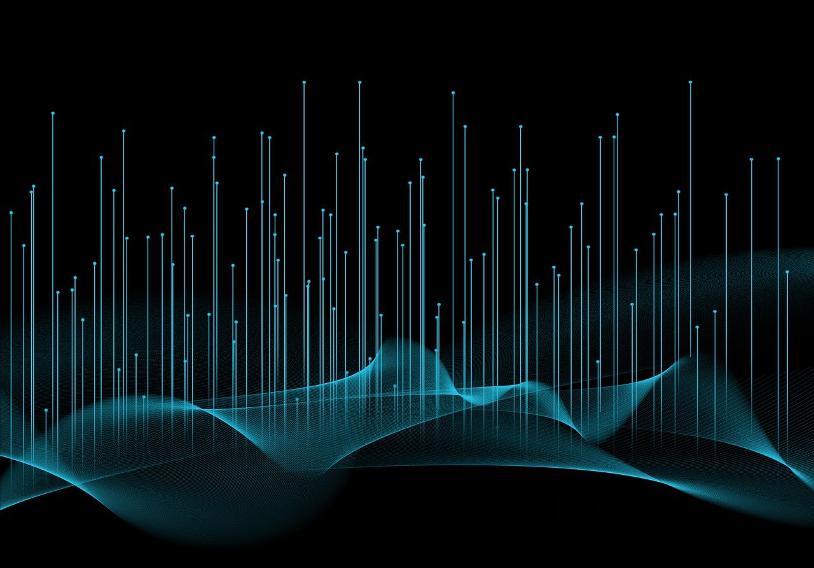Two giants in the quantum computing world, Microsoft and Quantinuum, have made a significant breakthrough in error-rate reduction through the use of qubit virtualization. By combining Quantinuum’s high-precision H-2 ion-trap quantum computer with Microsoft’s syndrome extraction methodology, researchers were able to create four stable logical qubits out of 30 physical qubits, resulting in a record-breaking error rate 800 times better than the underlying physical error rates. This achievement brings the development of larger and more reliable quantum computers one step closer, with the potential to solve problems far beyond the capabilities of classical machines.
Quantum computing offers the promise of tackling challenges that classical supercomputers cannot solve, but the key hurdle has been reducing error rates in quantum hardware. Microsoft and Quantinuum’s collaborative research has shown that achieving a better logical error rate than the underlying physical error rates represents a significant step towards the realization of fault-tolerant quantum computers, with the potential to solve many scientific problems currently out of reach for classical computers.
The success of this research lies in the symbiotic relationship between Quantinuum’s cutting-edge hardware and Microsoft’s innovative qubit virtualization system. By converting physical qubits into logical qubits with lower error rates, the two companies have demonstrated the potential for fault-tolerant quantum computing. The close collaboration between the organizations, with expertise spanning hardware and software, has allowed for the development of new solutions to advance quantum computing.
In addition to achieving reliable logical qubits, Microsoft and Quantinuum are focused on building a hybrid classical-quantum supercomputer that can address world-class problems in areas such as chemistry, materials science, climate modeling, and financial optimizations. The integration of quantum computing into Microsoft’s existing Azure Quantum Elements product, alongside high-performance quantum hardware like Quantinuum’s H-2, signals a promising future for solving complex scientific puzzles using quantum technologies.
The use of two different error-correction methods in the research – the Steane code for real-time error correction and the Carbon code for post-selection – provided insights into the performance and efficiency of each approach. The Carbon code demonstrated a larger gain in error reduction compared to the Steane code, showcasing its potential for more robust error correction and higher performance in suppressing logical error rates. The research findings have implications for future advancements in quantum error correction and the development of reliable quantum machines.
Looking ahead, both Microsoft and Quantinuum have outlined their internal roadmaps for future developments in quantum computing. Quantinuum’s plans for introducing the Helios quantum computer in 2025, with 10 or more logical qubits, and Microsoft’s integration of logical qubits into Azure Quantum Elements demonstrate a commitment to scaling up quantum capabilities and performance. The continued collaboration and research by these two companies have the potential to drive significant advancements in quantum computing, paving the way for solving complex scientific problems across various fields.


